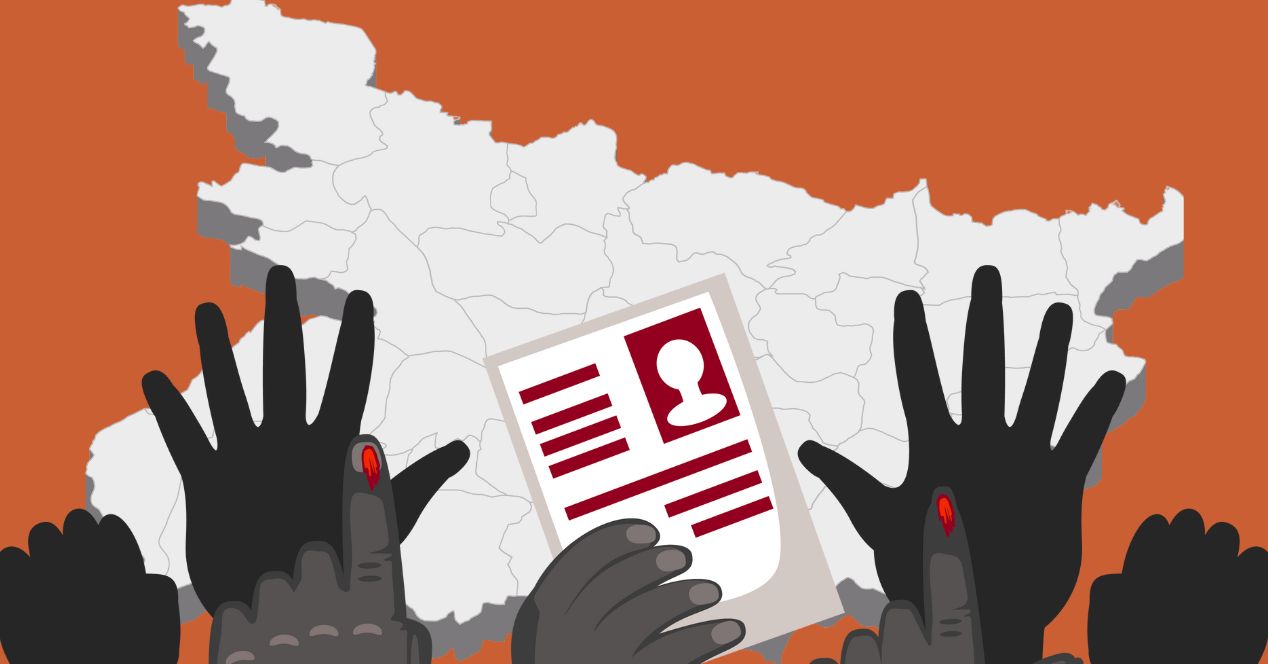Category: Election
-

Can Data Predict Elections? Inside ICPR’s Forecasting Models
Introduction Every election season, analysts, anchors, and citizens ask the same question: “Who will win?” For decades, this question was answered through experience, intuition, and anecdotal ground reports. But in the last decade, India’s electoral landscape has become too complex, diverse, and dynamic for guesswork alone. From Bihar to Bengal, from Gujarat to Goa, a…
-

Data and Democracy: How Analytics Is Changing Bihar’s Campaign Playbook
In Bihar, elections are more than contests for votes—they are tests of social structures, caste coalitions, and citizen aspirations. But as we move into 2025, the playbook of Bihar’s political campaigns is undergoing a radical shift. The once intuitive world of electoral politics is being rewritten by **data analytics, machine learning, and micro-targeting**.
-

Bihar 2025: Narrative Wars, Voter Voices & Data Trust
Each election is shaped by stories people believe—about development, identity, dignity. In Bihar 2025, those stories face new pressure: from data, technology, and hyper-local demands. As caste calculations give way to youth aspirations, women’s voices, and suspicion over freebies, the party that controls the narrative gains the edge.
-

Bihar Elections: A Comprehensive Historical Analysis, Current Dynamics, and Predictions for 2025
Bihar, one of India’s most populous states with over 120 million residents, has long been a crucible of Indian politics. Its elections reflect the intricate interplay of caste, regionalism, development aspirations, and national alliances. The state’s Legislative Assembly consists of 243 seats, with elections typically held every five years. Bihar’s political landscape is dominated by…